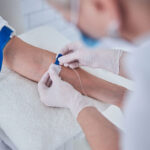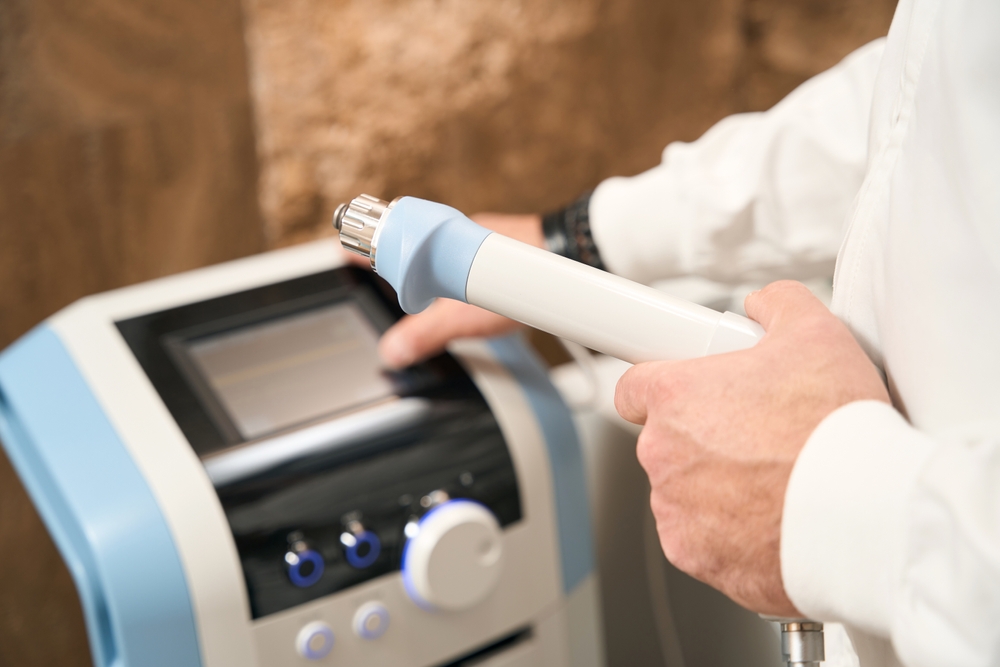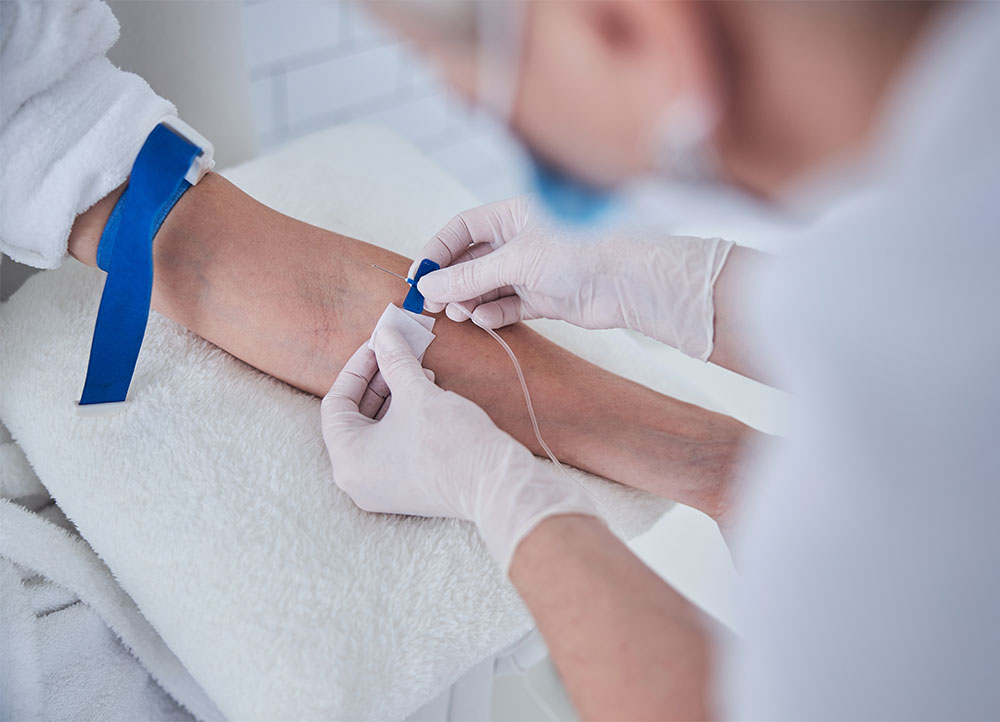Shockwave therapy is a popular treatment for a variety of musculoskeletal conditions, from chronic pain to sports injuries. While many patients find relief through this non-invasive procedure, it’s important to understand the safety aspects and potential side effects before starting treatment. Let’s discuss everything you need to know to make an informed decision about shockwave therapy.
What is Shockwave Therapy?
Shockwave therapy, also known as extracorporeal shockwave therapy (ESWT), uses acoustic waves to promote healing in injured tissues. This treatment is commonly used for conditions such as plantar fasciitis, tendinitis, and even kidney stones.
But how safe is it, really?
Understanding the Safety of Shockwave Therapy
Shockwave therapy is generally considered safe when performed by a qualified healthcare professional. The procedure is non-invasive and typically performed in an outpatient setting, requiring no anesthesia or extended recovery time.
But what should you keep in mind regarding its safety?
Key Safety Considerations
Qualified Practitioners
Always ensure that your shockwave therapy is administered by a trained and certified practitioner. This minimizes the risk of complications and ensures you receive the most effective treatment.
Proper Diagnosis
Shockwave therapy should be based on a proper diagnosis of your condition. An accurate diagnosis helps tailor the treatment to your specific needs, enhancing its effectiveness and safety.
Treatment Protocol
Follow the treatment protocol recommended by your healthcare provider. This includes adhering to the frequency and duration of sessions as prescribed.
Common Side Effects of Shockwave Therapy
Like any medical treatment, shockwave therapy can have side effects. Let’s explore the most common ones:
Temporary Discomfort
It’s normal to experience some discomfort during and after the treatment. This is usually mild and subsides within a few days. You might feel a bit sore, similar to the sensation after a workout.
Redness and Swelling
Some patients may notice redness or swelling at the treatment site. This is generally temporary and resolves on its own.
Bruising
Bruising can occur, especially in areas with less soft tissue. This should fade within a week or two.
Discover the benefits and safety of advanced shockwave therapy in Seattle, WA, with expert insights from GainsWave Washington.
Less Common Side Effects
While rare, there are some less common side effects to be aware of:
Numbness or Tingling
Some patients might experience numbness or tingling in the treated area. This is typically temporary and not a cause for concern.
Hematoma
In rare cases, a hematoma (a collection of blood outside of blood vessels) can form. This usually resolves with time but should be monitored by your healthcare provider.
Serious Side Effects: What to Watch For
Though serious side effects are rare, it’s important to be aware of them and seek medical attention if they occur:
Severe Pain
If you experience severe pain that doesn’t subside, contact your healthcare provider. This could indicate an underlying issue that needs attention.
Infection
While rare, there is a slight risk of infection at the treatment site. Signs of infection include increased redness, swelling, warmth, and fever. If you notice these symptoms, seek medical help immediately.
Who Should Avoid Shockwave Therapy?
Shockwave therapy is not suitable for everyone. Let’s discuss who should avoid this treatment:
Pregnant Women
Shockwave therapy is not recommended for pregnant women due to the unknown effects on the fetus.
Patients with Blood Clotting Disorders
Individuals with blood clotting disorders or those taking anticoagulant medications should avoid shockwave therapy due to the increased risk of bruising and bleeding.
Individuals with Tumors
Those with tumors in the treatment area should avoid shockwave therapy as it may stimulate unwanted cell growth.
Post-Treatment Care: Ensuring Optimal Results
Taking care of yourself after shockwave therapy can help maximize its benefits and minimize side effects. Here are some tips:
Rest
Give your body time to heal by resting the treated area. Avoid strenuous activities for at least 48 hours post-treatment.
Hydration
Stay hydrated to support your body’s healing processes. Drinking plenty of water can help flush out any toxins released during treatment.
Follow-Up Appointments
Attend any scheduled follow-up appointments with your healthcare provider. These visits are crucial for monitoring your progress and addressing any concerns.
Conclusion: Is Shockwave Therapy Right for You?
Shockwave therapy can be an effective treatment for various musculoskeletal conditions, offering relief without the need for invasive surgery. By understanding the safety considerations and potential side effects, you can make an informed decision about whether this treatment is right for you.
Have you experienced shockwave therapy, or are you considering it? Let’s discuss your thoughts and experiences. Feel free to reach out with any questions or concerns – your health and well-being are our top priorities. Discover top-notch shockwave therapy services with Aim4HealthNW.com, your trusted partner for expert care and stunning results.










